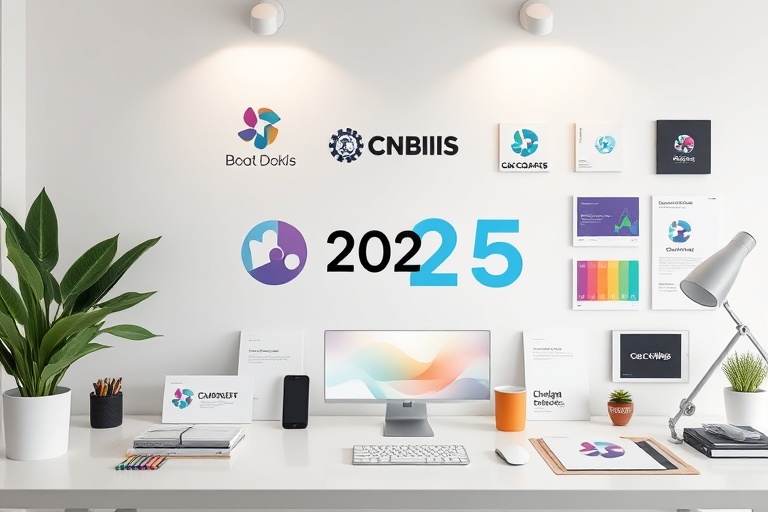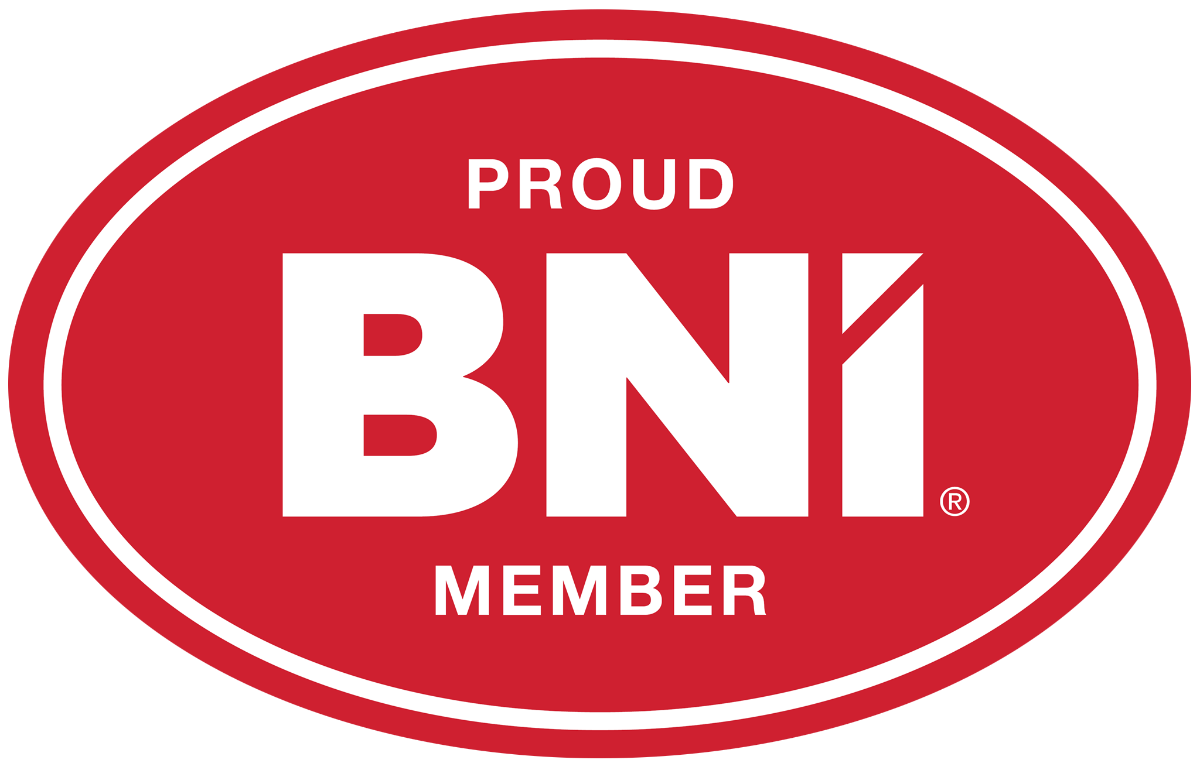Branding in 2025
Your complete guide to modern branding strategies, brand identity, and building a powerful business presence in 2025

Why Branding Matters More Than Ever
In 2025, successful branding goes beyond visual design. It's about creating meaningful connections, building trust, and establishing a memorable presence across all digital touchpoints. Modern consumers expect authentic, consistent brand experiences that resonate with their values and needs.
Branding Statistics 2025
Frequently Asked Questions
Modern Branding Trends 2025
- AI-Powered Personalization
Dynamic brand experiences that adapt to individual user preferences
- Sustainable Brand Values
Environmental consciousness and social responsibility in brand messaging
- Interactive Brand Experiences
Immersive digital experiences using AR, VR, and interactive content
- Voice-First Branding
Optimizing brand presence for voice search and smart assistants
- Micro-Moment Marketing
Capturing attention in brief, high-intent moments throughout the customer journey
Brand Building Process
Research & Discovery
Understanding market, competitors, and target audience
Strategy Development
Creating brand positioning and messaging framework
Visual Identity
Designing logo, colors, typography, and visual elements
Implementation
Rolling out brand across all touchpoints and channels
Monitor & Optimize
Tracking performance and refining brand strategy
Ready to Build Your Brand in 2025?
Let our expert team create a powerful brand identity that connects with your audience and drives business growth

